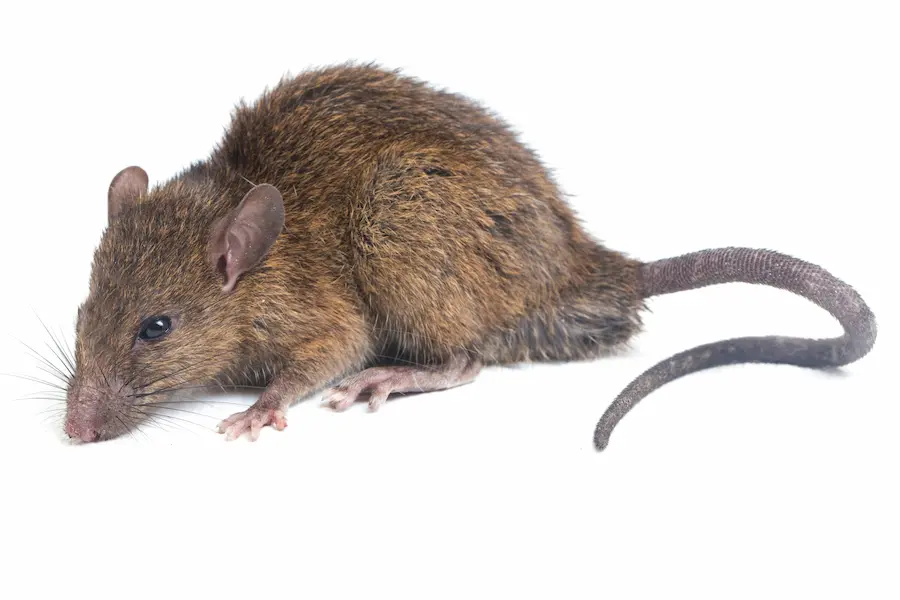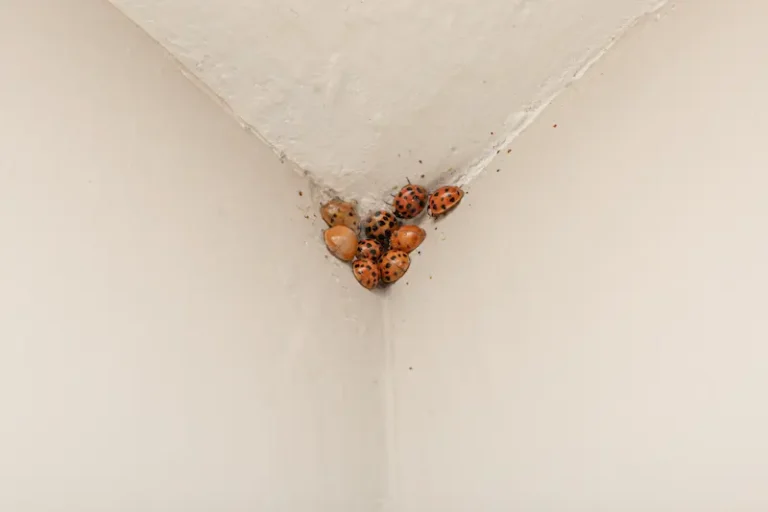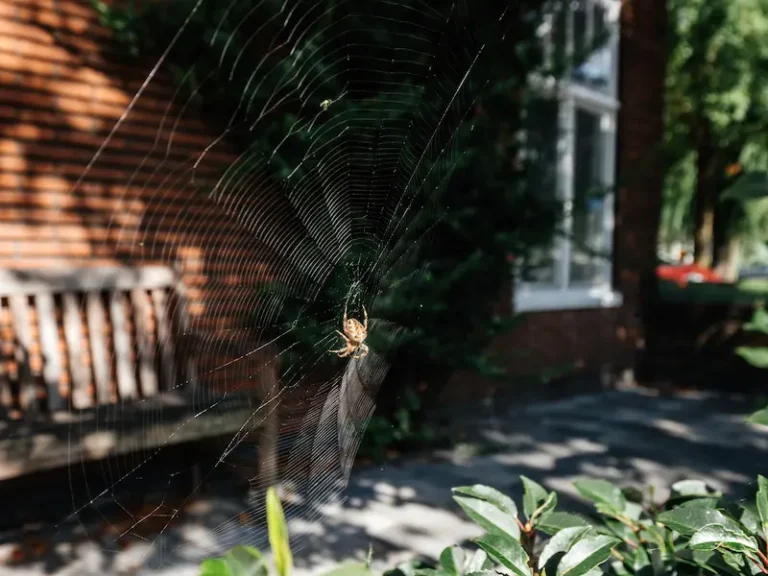Pet rats can live up to four years, but wild rats in Indiana, Illinois and Kentucky usually survive only 1 to 3 years, with most not lasting beyond a year. Lifespan varies by species and depends on access to food and water, as well as threats from predators.
Rats reproduce quickly and are highly social. Even a short-lived rat can leave multiple litters behind. At Action Pest Control, we understand how quickly rat populations can grow and can help you interrupt their life cycle to prevent infestations in your Indiana, Illinois and Kentucky home or business.
Understanding the Life Cycle of Rats
A typical rat litter consists of 6 to 10 pups who grow and adapt at a rapid pace. When born, the pups are blind, hairless, and completely helpless, but their development is quick. Their eyes open at around 12 days, and by three weeks, they are fully grown and weaned, ready to explore and forage on their own.
Rats reach sexual maturity in just three months. Females have a 21-day gestation period and are capable of becoming pregnant again immediately after giving birth. This fast reproductive cycle allows populations to expand quickly.
On average, a female rat can produce five litters in a single year. With 5 to 10 pups per litter, that results in 25 to 50 new rats per female annually. And that’s not even counting the offspring of these new rats once they mature at three months. The numbers add up fast, showing how quickly a rat population can grow.
A Look at The Life of an Adult Rat
Rats spend the majority of their adult lives foraging for food and reproducing, which makes them highly resilient pests. Being nocturnal, they search for resources at night and can slip into narrow gaps thanks to their flexible bodies and sharp senses. These traits make them particularly successful in cities, where they consume nearly any edible item available.
Although wild rats can live as long as three years, most die within a year due to predators, illness, and environmental hazards. Their high mortality rate doesn’t prevent rapid population growth. Controlling their access to food and shelter is essential to keeping infestations under control.
How Do You Know If Rats Are Living Nearby?
In Indiana, Illinois and Kentucky, the Norway rat (brown rat) and the Roof rat (black rat) are the two most common species. Both are notorious for being messy and loud. Watch for these indicators that rats could be living nearby:
- Nests: Rats build nests in lofts, attics, or basements using foraged materials like insulation or cardboard. Check for these nests in secluded, cramped, and hidden places like beneath workbenches or shelving, in hidden corners, or even in ventilation systems.
- Noises: Rats climb and chew within walls, so you might hear them scratching and squeaking in there. Rats tend to hide during the day and resume activity at night, so you’re most likely to hear these sounds after dark.
- Gnawing: Rats need to constantly chew to keep their teeth from overgrowing. They’ll gnaw on walls, floorboards, mesh, wiring… and pretty much anything else they can get their teeth around. This behavior is one of their most dangerous, as they can start electrical fires if they chew through wiring.
- Droppings: Rat droppings resemble dark-colored grains of rice. Look for them in basements and crawl spaces, especially along walls and corners.
If you notice any of these signs, it’s time to contact a rodent exterminator to stop the infestation before it spreads.
How Can I Keep Rats Out of My Home?
Rat teeth are incredibly strong, even harder than some metals. They measure 5.5 on the Mohs hardness scale, while iron, copper, and even human teeth are only rated 5. Standard sealants and concrete are no match for them. These nimble rodents can climb roofs, slip under doors, and squeeze through cracks as small as ¼ inch. Never underestimate how easily a determined rat can invade your home.
To protect your home or business from rats, it’s essential to seal off potential entry points, a strategy called rodent exclusion. These preventive steps can help safeguard your property:
- Seal Exterior Cracks and Holes: Inspect your home’s exterior for any gaps or openings and seal them to prevent rats from squeezing inside.
- Secure Windows and Doors: Make sure all windows and door frames are tightly sealed to block any potential entry points for rodents.
- Fix Broken Screens: Repair or replace damaged screens on windows, doors, and vents to stop rats from getting in.
- Cover Chimneys and Vents: Install mesh over chimneys, vents, and fans to keep rodents from climbing or entering through these openings.
- Remove Yard Debris: Clear leaf and brush piles in your yard to eliminate rodent harborage, reducing places where rats can hide and nest.
Also, make sure to store food and trash securely. Rats carry diseases, ticks, and worms, and they’ll contaminate anything they touch.
- Secure Trash: Keep all garbage in tightly-locking bins to prevent rats from accessing it.
- Store Food Properly: Use airtight containers made of metal or plastic to protect food from rodent contamination.
Professional Rodent Control in Indiana, Illinois and Kentucky with Action Pest Control
Even though rats have relatively short lives, they can leave a trail of destruction in that time. In Indiana, Illinois and Kentucky, infestations can spread quickly if left unchecked, making early intervention crucial. Effective prevention and rodent extermination can drastically reduce their presence. [Company] is ready to help protect your property and keep rats from coming back.
Reach out to Action Pest Control to receive a complimentary rodent control estimate!



